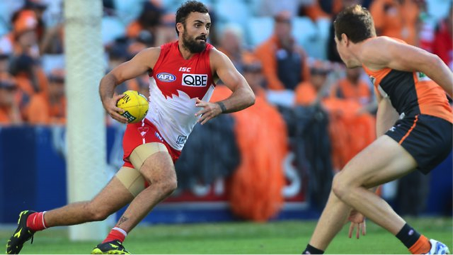Injury Prevention – Strength Trainings Role – Part 2
Functional and Specific is Important
So you now know just how much there is to be gained from strength training in terms of injury prevention. But as I stated in part 1 of this topic, the strength training must be functional and appropriate, or else none of this benefit will occur, but in fact, injury is more likely in certain cases.
When you develop a good level of maximal strength and then power with something like a squat or a step up combined with plyometric exercises in similar movements, you train the nervous system to be more resistant to fatigue, as well the muscle and joint structure itself. In other words, you don’t just train improved strength to the physical structure, but you also train resistance to injury in certain movements and positions. This is important. It is a key to understanding why squats and various lunges and step-ups as well as plyometrics (which are similar to jumps and running changes of direction) will make the body more resistant to injury, but leg press and leg extension will not (as they are building muscle, not movement.) Even worse, leg press and leg extension and lying hamstring curls, will actually make the situation worse if they aren’t at least combined with squats, deadlifts, lunges, step ups and single leg bending movements, as they are building muscle and not movement ability, meaning that when fatigue sets in in a game, you have more muscle there to control, but not an equal level of movement ability (as no functional movement was trained) meaning that injury is actually more likely now, thanks to all the leg extensions and leg press.


The same goes for the upper body. Lets say that you are doing a whole heap of machine chest exercises, in which no stability around the shoulders is required – all you need to do is push. On the other hand, if you are doing dumbbell pressing (either on a bench or a swiss ball), you will only be able to push as much weight and repetitions as your shoulders can stabilise and control. As a result any muscle that is built is matched by an equal amount of stability and control. This muscle and stability will mean less injury, whereas the increased muscle without stability (chest press machine) will mean more chance of injury in a game. However, the real issue with upper body training is an imbalance between pushing and pulling movements. Plenty of bench press, chest press, bicep curls and the like, and no where near enough bent over rows, inverted rows, dumbbell rows and the like. For every repetition of pushing you do, you should do at least a repetition of the opposite pulling movement. This all has to do with posture and muscle balance around a joint.
Without going into this in too much detail, basically when you do too much pu shing and not enough pulling, the muscles on the front of your body (chest, anterior deltoids, etc) tighten and shorten, meaning that your shoulder is pulled forward in a resting position. This is the classic rounded shoulder posture that most guys you see at the gym have. Impressive looking chest and shoulder muscles, but if you look at their postural alignment, their shoulders are forward of where they should be. Now this isn’t a huge problem if you are just training for how you look in the mirror. But if you play footy, what you have actually done if you have this posture, is place your shoulders in a less stable position, with a lack of balance around the joint, and as a result face a higher likelihood of dislocated shoulders and rotator cuff injury when performing a high impact task like a tackle, or even a lower impact task like an overhead mark.
shing and not enough pulling, the muscles on the front of your body (chest, anterior deltoids, etc) tighten and shorten, meaning that your shoulder is pulled forward in a resting position. This is the classic rounded shoulder posture that most guys you see at the gym have. Impressive looking chest and shoulder muscles, but if you look at their postural alignment, their shoulders are forward of where they should be. Now this isn’t a huge problem if you are just training for how you look in the mirror. But if you play footy, what you have actually done if you have this posture, is place your shoulders in a less stable position, with a lack of balance around the joint, and as a result face a higher likelihood of dislocated shoulders and rotator cuff injury when performing a high impact task like a tackle, or even a lower impact task like an overhead mark.
Alright, we have now given a couple examples of how dysfunctional training serves to increase your chances of injury, rather then decrease them like functional strength training. Now in part 3, I will go over a couple more functional style strength exercises, with more of a focus on re-strengthening after injury, and what it is important to do when returning from injury.
Strength Coach

